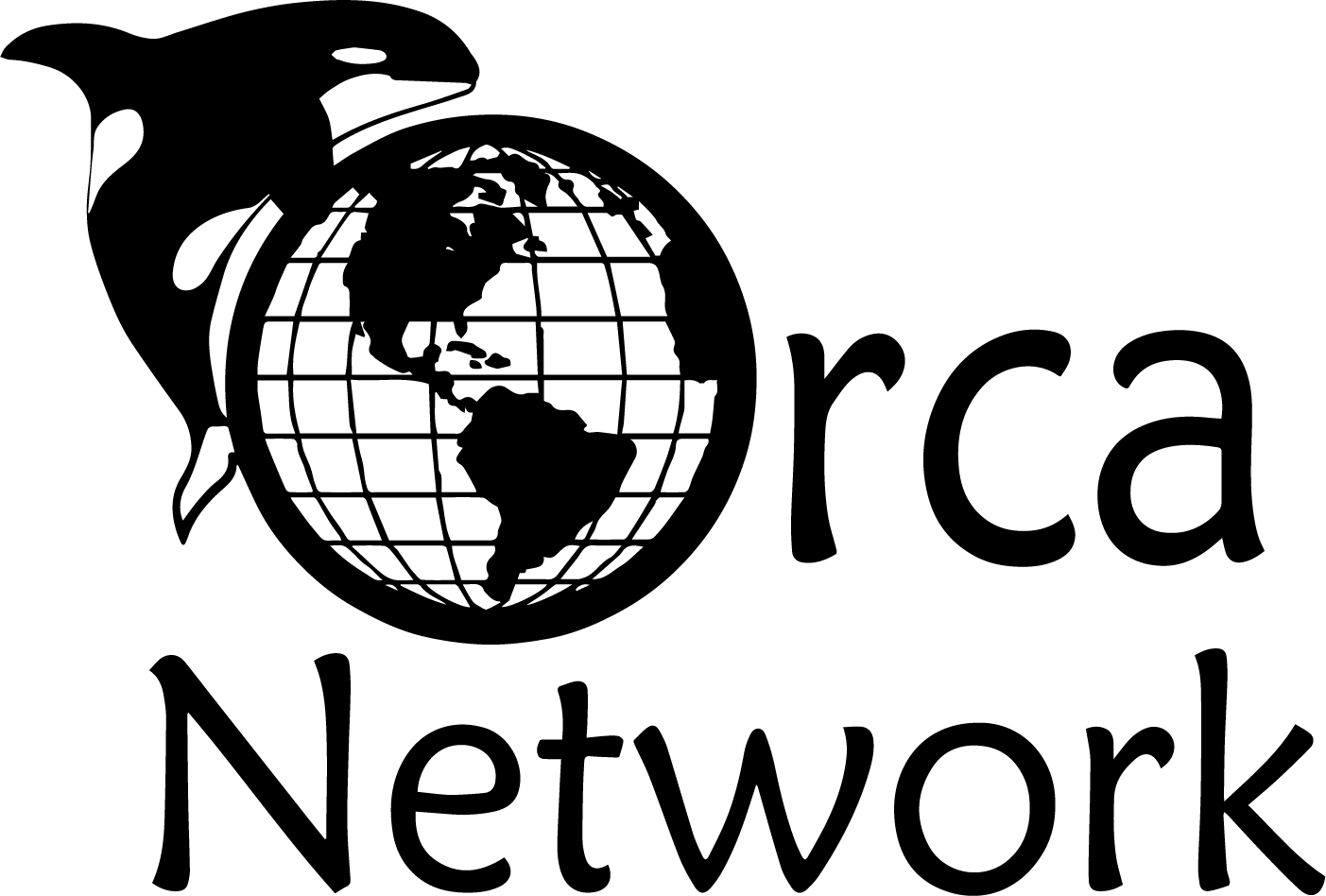Selective Foraging and Sharing by Resident Orcas
Culture in Whales and Dolphins. Rendell, Luke, and Hal Whitehead (2001).
Endangered predators and endangered prey: Seasonal diet of Southern Resident killer whales. Hanson, Bradley, et al. (2021).
Prey selection and food sharing by fish-eating 'resident' killer whales (Orcinus orca) in British-Columbia. Ford, John K.B., Graeme M. Ellis (2005)
Wright, Brianna M., Eva H.Stredulinsky, Graeme M.Ellis, John K.B.Ford (2016). Kin-directed food sharing promotes lifetime natal philopatry of both sexes in a population of fish-eating killer whales, Orcinus orca
When a mortality event strikes most populations of wild animals it is usually the very young and the very old that perish, but when food becomes scarce for orcas, it seems that the healthy reproductive adults are the first to go. Why?
The answer may be found in a recent study led by John Ford of Canada's DFO. The researchers found that foraging by resident killer whales often involves cooperation among kin-related group members, and prey items are frequently shared by two or more whales. Thus, the very old and young are fed enough to keep them alive, even when doing so may lead to starvation and death of the whales doing the sharing.
Ford, et al. also found that Resident killer whale groups in all parts of the study area foraged selectively for Chinook salmon, probably because of the species' large size, high lipid content, and year-round availability in the whales' range. Chum salmon, the second largest salmonid, were also taken when available, as are coho salmon, but smaller sockeye and pink salmon were not significant prey despite far greater seasonal abundance.
Resident orcas will not eat seals or any other marine mammal (just as Transient killer whales eat ONLY marine mammals), but there are lots of other fish in the sea. Wouldn't the demonstrated intelligence and adaptability of orcas suggest they would move to a less desirable food source if necessary? Why are they so picky?
The answer, in a word, is culture. This may be hard to accept, but orca communities develop preferences, habits and traditions much like human cultures, such as those that don't eat pork, or cow, or dog. A study published in 2001 called Culture in Whales and Dolphins states clearly that: "The complex and stable vocal and behavioural cultures of sympatric groups of killer whales (Orcinus orca) appear to have no parallel outside humans and represent an independent evolution of cultural faculties." This means that among all animals known, only humans and orcas so far seem to have evolved the capacity for culture to this degree. That's the only explanation known to explain the seemingly disadvantageous patterns of food-sharing and prey selection among the Southern Resident orca community. It also means that before our very eyes we have another species as advanced in terms of cognition, self-awareness and cultural identity as human beings. This discovery is profoundly moving and fascinating for anyone with an interest in life on Earth. Our children and future generations will likely know and understand that this orca community represents a treasure of insights and information about how to live consciously and sustainably on our finite planet.
Back to the immediate problem, for whatever reason, we know that Southern Resident orcas do depend primarily on Chinook for survival. Historically the ancestors of today's J, K, and L pods probably found plenty of Chinook year round in their travels from California to the Haida Gwaii Islands in BC. But now most Chinook salmon runs in the major salmon producing rivers from northern California to British Columbia are threatened, endangered, or already extinct. Historically, the Columbia and Snake River systems produced more salmon than any other rivers on earth. Today less than 5 percent of those Chinook smolts still make it downriver through 140 miles of back to back reservoirs, or, as adults after 2-5 years at sea, upriver to spawn, and those numbers are dwindling.
In addition to restoring year-round, abundant salmon runs, we also need to provide a clean and healthy habitat to help the orcas of Puget Sound. The waters these orcas call home are contaminated with organochlorines (especially PCBs), brominated flame retardants (PBDEs), heavy metals, and other toxic hazards. These toxins are passed up the foodweb and collect in the blubber of orcas, the ocean's top predator, in a process called bioaccumulation. The whales are then hit with a double whammy because when food is scarce, they must metabolize their blubber reserves, releasing these toxins into their bloodstream. Extremely high levels of organochlorines have been documented in carcasses of dead orcas that have washed ashore.
It is clear that we must clean up the waters of Puget Sound to get rid of these poisons. And, because of the toxic load the whales are already carrying, it is now even more urgent that we do all we can to make sure they have plenty of salmon to sustain their active lives and especially to provide sustenance for pregnant and lactating females. Studies have found that “about 65 percent of the pregnancies are ending early with miscarriages.”
This ancient cultural community of orcas is unique and precious. We owe it to the orcas, to ourselves, and all future generations of both species to do everything possible to make sure the orcas survive, and in doing so we will help revitalize the whole Pacific NW watershed ecosystem, and protect our own survival as well.
